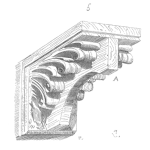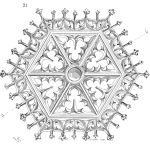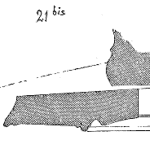
George Williams and Ramesh Gulati discuss the importance of Reliability Engineers in the work space. -Why is Reliability important? -What does it take to be a Reliability Engineer? -What type of skillsets are needed? -Why is it important to have Reliability Engineers?
[Read more…]












 Ask a question or send along a comment.
Please login to view and use the contact form.
Ask a question or send along a comment.
Please login to view and use the contact form.